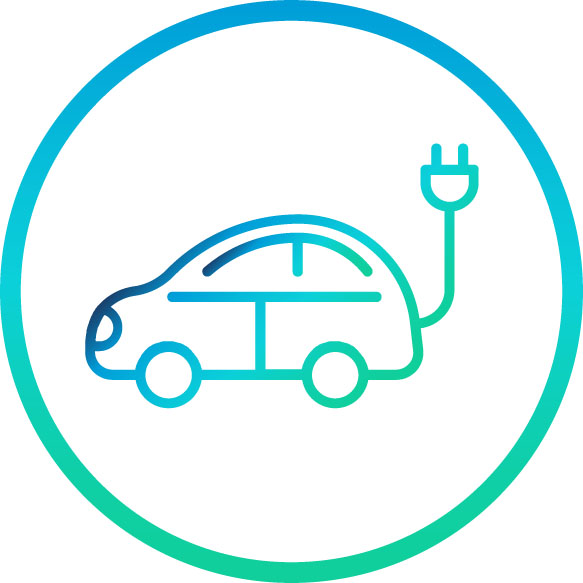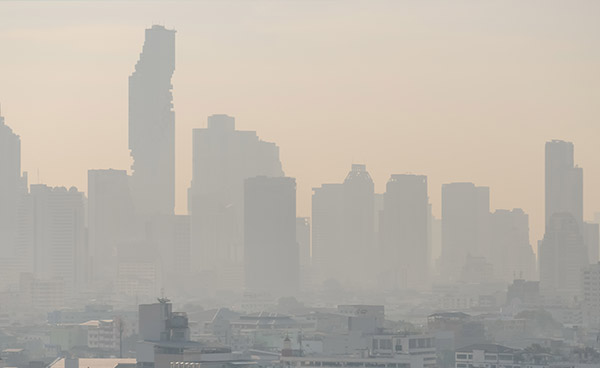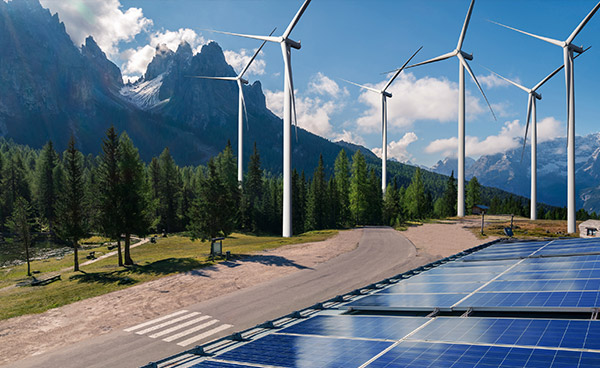On-site (net-zero) energy represents technologies that enable producing Energy “on-premise” instead of receiving power from the grid. Across the energy sector and beyond, several factors are driving this energy transition.





Building operations generate 28% of annual global GHG emissions. Several federal initiatives such as the DOE “Better Buildings”, NYC green new deal and the EU ‘buildings renovation wave’ represent trillion of dollars to be invested to mitigate this climate threat. On-site energy generation + heat will reduce a given building GHG emissions by50%.
The grid is over forty years old– making it susceptible to extreme weather. Heatwaves and storms wreak havoc on the power grid resulting in power outages. As a reliable, high-efficiency, lower-emissions electricity and heating/cooling source, On-site energy powered by CHP, plays a central role in keeping communities operational every day and night regardless of external events.


Increased demand for electric vehicles (EV) represents a potential load growth of more than 45%. On-site energy generation can be utilized to charge EV during office / nighttime –thereby mitigating peak consumption.
Across the world, the aging grid is not ready to integrate newrenewable capacity since renewable resources creates a net load curve (between18:00-21:00) that includes rapid decreases and increases in required generatingcapacity (e.g., “duck curve. On-site energy generation is designed to mitigate the load curve.

Phone: +972 35795452
Email: info@turbogenchp.com
Address: Ef’al St 22 , Petach Tikva, Israel